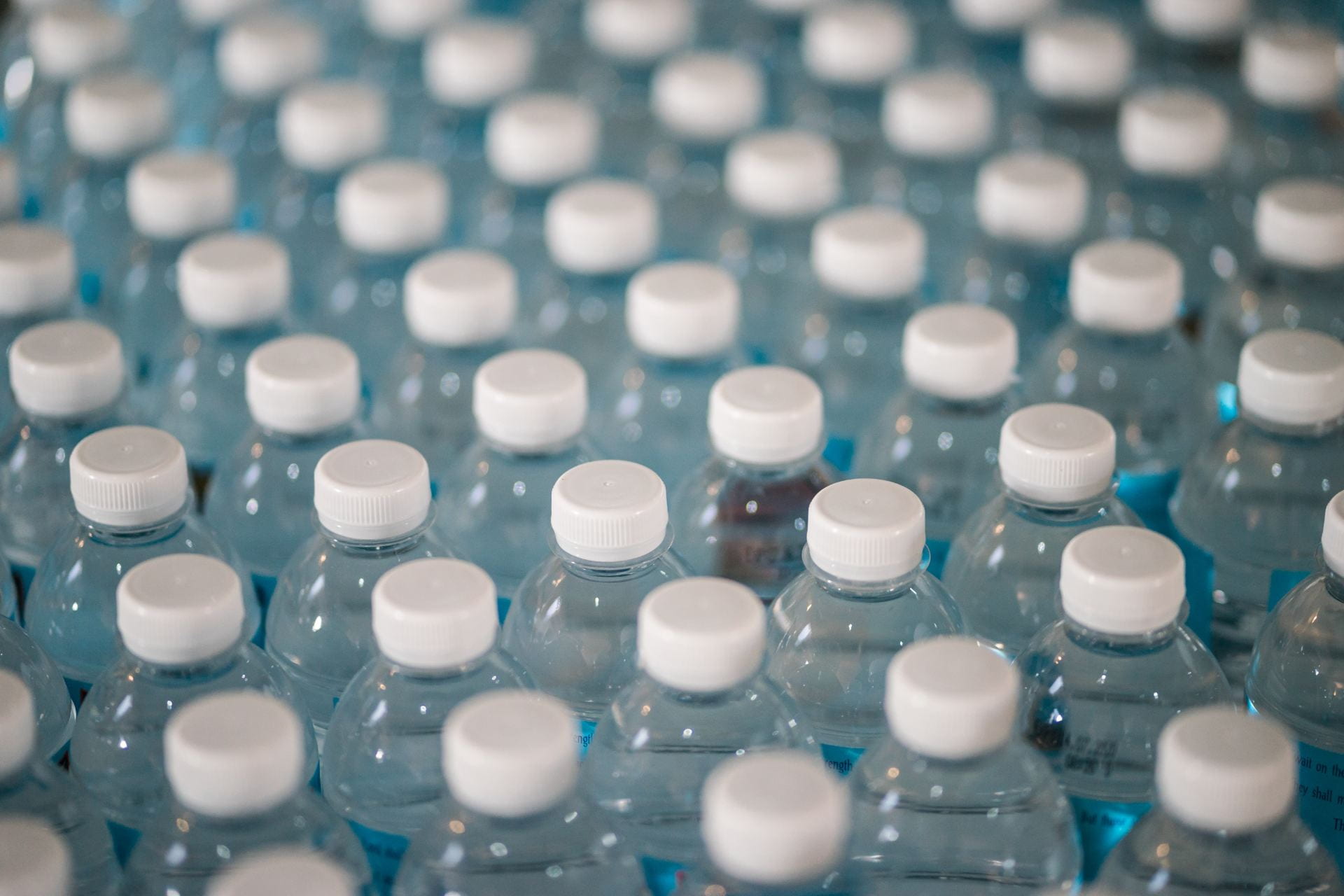“Save the Turtles!”— I’m sure you recognize this popular slogan as something you’ve heard more times than you’d like over the last year. Whether the phrase conjures the vomit-inducing image of a teenage VSCO girl with a hydro flask or an image of a sign in a hip new restaurant that only provides paper straws, no three words sum up the recent superficial response to climate change better than those three words. While the trend may be a great first step to doing your part to help out the environment, having a metal straw is still far from making someone an environmentalist.
There have always been individuals concerned for the well being of the environment, but with the help of the establishment of environmentalism as a new aesthetic, that number has seemingly increased. However, while it may seem like there are more people waving about their reusable straws in support of the turtles, the trend begs the question: do people actually care about the environment or is going green just a popular fad?
The answer is more complicated than it seems. While it is certainly true that environmentalism has been on the rise in industrialized countries over the past few decades, it is at least plausible to consider that the eco-friendly trends only put on the facade of being green. Sure, using a paper or even metal straw can be a small part of helping the global climate crisis, but in comparison to other organized efforts, the impact is small.
What many people seem to neglect to remember is that being environmentally friendly isn’t something you can put into a box. There is no one way to help the environment and making it an aesthetic effectively takes the spotlight off of the myriad of ways you can do your part. There are so many different ways to have a positive impact on the environment, but unfortunately, not all of them are trendy. That said, it is important to be aware that what a green lifestyle looks like to you, might not be the same as someone else — and that’s okay.
Some of the most important things to consider when deciding what living a sustainable life means to you are the costs and benefits of your actions, not just their aesthetic appeal. One example of this is the use of reusable totes for groceries. Yes, they are super cute and make you feel great when you walk out of a store without a single plastic bag in hand, but in reality, the resources and energy that go into making the totes far surpass the resources used to make plastic bags. That’s not to say that plastic bags are the best choice, but unless you use reusable totes enough, you aren’t really making a difference. As it turns out, a recent study conducted by the Administration of Environment and Food of Denmark found that it requires 35 to 85 reuses for paper and plastic-based totes, 7,100 reuses for cotton totes and over 20,000 reuses for totes made from organic cotton in order to make up for the resources that went into it.
So yes, use reusable totes, buy metal straws and aim to decrease your waste in any way you can, but also, do your research and be aware that some of the environmentally friendly habits may be masquerading as an equally as harmful practice.


